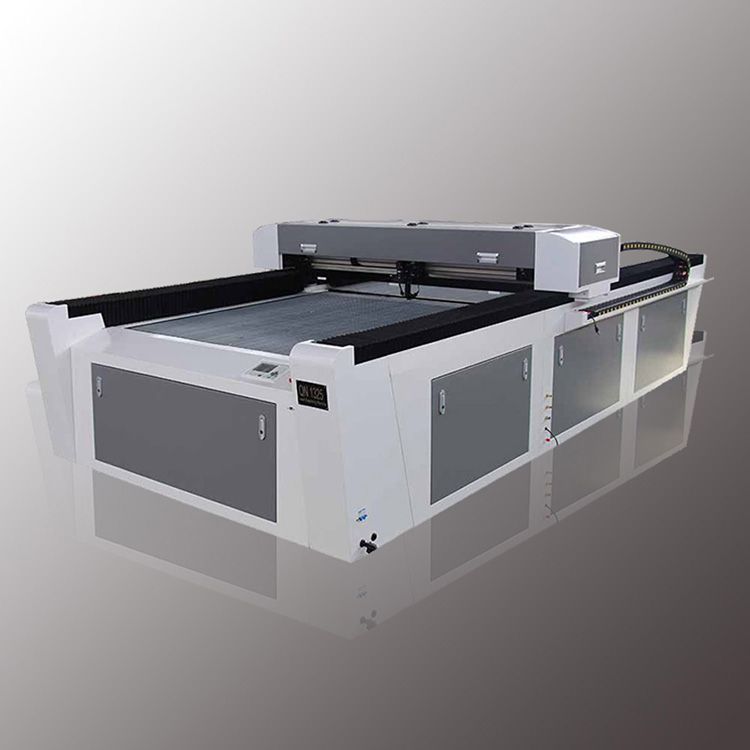
- English
- Español
- Português
- русский
- Français
- 日本語
- Deutsch
- tiếng Việt
- Italiano
- Nederlands
- ภาษาไทย
- Polski
- 한국어
- Svenska
- magyar
- Malay
- বাংলা ভাষার
- Dansk
- Suomi
- हिन्दी
- Pilipino
- Türkçe
- Gaeilge
- العربية
- Indonesia
- Norsk
- تمل
- český
- ελληνικά
- український
- Javanese
- فارسی
- தமிழ்
- తెలుగు
- नेपाली
- Burmese
- български
- ລາວ
- Latine
- Қазақша
- Euskal
- Azərbaycan
- Slovenský jazyk
- Македонски
- Lietuvos
- Eesti Keel
- Română
- Slovenski
- मराठी
- Srpski језик
How does the CO2 laser cutting machine work?
2023-07-12
A CO2 laser cutter is a laser cutting machine that utilizes a carbon dioxide laser to cut a variety of materials. The following is a general overview of how it works:
Laser Generation: A CO2 laser cutter consists of a gas mixture consisting primarily of carbon dioxide, nitrogen and helium. Electrical energy is used to excite the gas mixture, causing the electrons in the gas atoms to move to higher energy levels.
Laser Amplification: The excited gas atoms collide with other gas atoms, transferring their excess energy. This process stimulates the emission of photons, producing a particle number inversion. The photons move back and forth in the gas medium, and some of them are further excited as they pass through the laser resonator, resulting in amplification.
Laser beam formation: The laser beam is formed inside the resonator, which consists of two mirrors, one fully reflective and the other partially reflective. Photons bounce between these mirrors, and the partially reflecting mirror allows a portion of the photons to pass through as a coherent laser beam.

Focusing: The laser beam passes through a series of mirrors and lenses that focus it into a small, intense spot. The focused laser beam is aimed at the material to be cut.
Material Interaction: When the focused laser beam strikes the material, it heats the surface, causing the material to melt, vaporize or burn. The high-energy photons of the laser beam break the molecular bonds in the material, which results in cutting.
Auxiliary Gas: To enhance the cutting process, an auxiliary gas (usually oxygen, nitrogen or a mixture) is often used. The auxiliary gas is directed into the cutting area, blowing away melted or vaporized material and helping to keep the cut clean and precise.
CNC Control: CO2 laser cutting machines are often integrated with a computer numerical control (CNC) system. The CNC system controls the movement of the laser cutting head to achieve precise and complex cut patterns. Cutting parameters such as laser power, cutting speed, and auxiliary gas flow are set and controlled through the CNC interface.
By precisely controlling the movement of the laser beam and cutting head, CO2 laser cutters can cut a wide variety of materials with high precision and efficiency, including acrylic, wood, plastic, fabric, paper, rubber and some metals.



